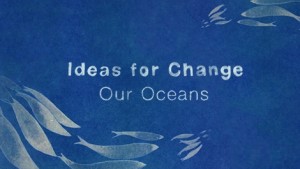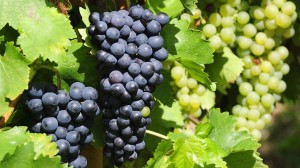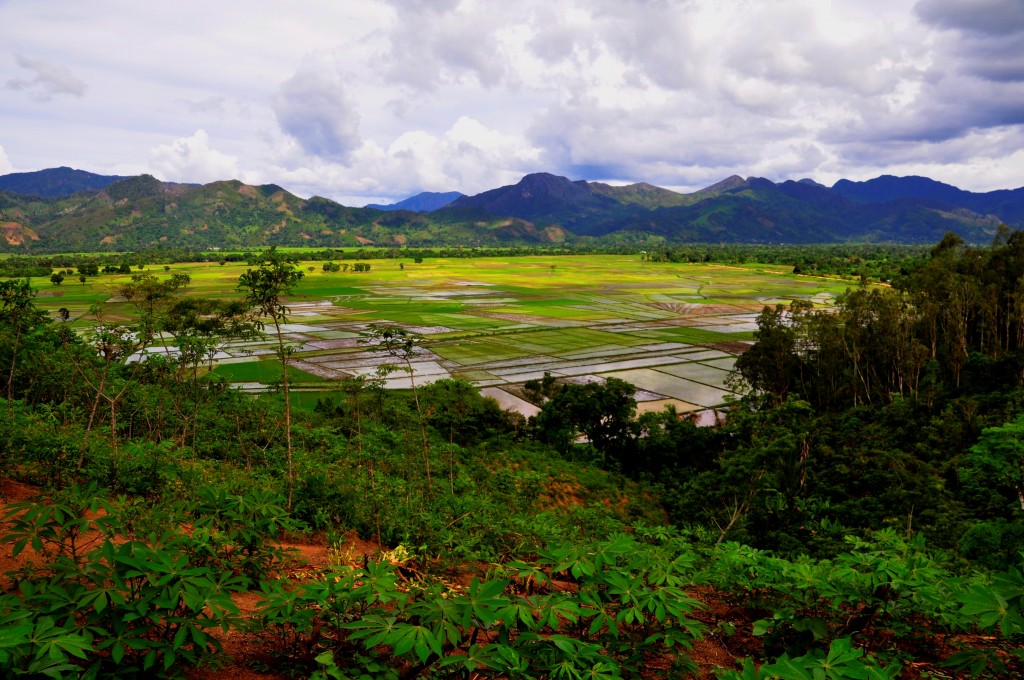Search Results for Tag: food
Stop food waste for climate’s sake
No question, food waste is not good at all. Now, the FAO expressed in numbers how bad it really is – for climate and environment. So, if you need some astonishing reasons to change something – here you go:
In total, one third of the world’s food production is wasted or lost each year.
The carbon footprint of the food wasted is 3.3 gigatons of CO2 equivalent – which makes food waste the third biggest CO2 emitter after the US and China.
The fresh water we are wasting by wasting food equals 250 km³ – three times the volume of the Lake Geneva and enough to meet the water demand of all people in the world.
Growing the amount of wasted food occupied a 1.4 billion hectares of land which equals about 30 percents of the world’s agricultural land or the land area of China, Mongolia and Kazakhstan altogether.
If you are more a economist kind of person: the economic loss that comes along with this extensive food waste is 750 billion US-Dollar or in other words: the GDP of Switzerland, one of Europe’s stablest economies.
If you know think this it not your problem to solve but a task for companies and politicians – you are, well, not wrong, but not right neither. Here’s a little video produced by the FAO that shows, what can be done.
Make a promise, help save the oceans
 What can you promise yourself that will in some way help protect the world’s oceans? That’s the question today, on World Oceans Day. It’s an event meant to honor what is one of the world’s main protein sources – the oceans. We definitely need to save our ‘blue gold’. In 2011 alone, 131 million tons of fish ended up on dinner plates worldwide.
What can you promise yourself that will in some way help protect the world’s oceans? That’s the question today, on World Oceans Day. It’s an event meant to honor what is one of the world’s main protein sources – the oceans. We definitely need to save our ‘blue gold’. In 2011 alone, 131 million tons of fish ended up on dinner plates worldwide.
To celebrate this year’s event, the World Economic Forum (WEF) has released a short animated film narrated by American oceanographer Sylvia Earle. “The world is blue,“ she says. The message is clear – all of us need to take better care of the world’s oceans and stop using them as dumping grounds for garbage. We also need to stop overfishing them and drilling into the ocean floor in the hunt for oil.
If you want to get a glimpse at what the future of the world’s oceans might look like, the WEF has also released an infographic. It’s definitely worth a click.
World Oceans Day had been unofficially celebrated since 1992 and was officially recognized by the United Nations in 2008. Ever since, the day has a special theme each year. This year, the event’s organizers want you to make a promise to change one thing in your lives that will help protect the ocean. The idea is to upload a photo of the promise to social media plattforms – make sure you mention #WorldOceansDay.
Food for thought on World Environment Day

Photo credit: CC BY 2.0: chichacha/flickr.com http://bit.ly/14vPiAs
Today is World Environment Day and this year’s event is focused on cutting the world’s staggering amount of food waste. “Think. Eat. Save. Reduce your Foodprint“ is the motto of the global event which is being marked by marches, awareness-raising campaigns, talks, marathons and other events around the globe.
And the statistics published by the United Nations might just give you food for thought. According to the UN Food and Agricultural Organization (FAO), an estimated one third, or 1.3 billion tons, of all food produced worldwide ends up in the trash. Farmers, transporters, retailers and consumers alike are to blame for the waste.
The FAO says this isn’t just a colossal waste of food but also a squandering of natural resources used along the production and supply chain process. The FAO is urging people to be more aware of the decisions they make regarding food consumption.
And if that isn’t enough to make you pause and think, consider this – the FAO says that to produce one single hamburger, 16,000 liters of water are used.
And here’s another chilling fact for all the meat-lovers out there – the FAO estimates that producing one kilogram of meat is far worse for the environment than a 250-kilometer-long car drive. That takes into account the massive cost of feeding animals. It’s estimated that up to 35 percent of grain harvests around the world and 80 percent of soya harvests are used as animal feed.
At the same time, 870 million people around the world go hungry every day.
Rice crop in danger in Madagascar
In the coming days, rice fields will be buzzing with activity again in Madagascar – at least that’s the hope. The end of November usually spells harvest time in the small island country. But last November, there was simply no rice to harvest in the northeast of the country, near the Marojejy National Park. When I visited the director of the park, Jean Hervé Bakarizafy, in early 2012, he told me that cultivating rice is supposed to run like clockwork. “In Andapa, a small town near the entrance of the park, people plant rice twice a year. They plant at the end of January and harvest in May. In July, they prepare their fields for the second season. They plant again in August and harvest for the second time at the end of November,” he said.
But Bakarizafy’s face dropped when he told me about the changes that occurred in 2011. “In the middle of 2011 – during our winter season – it was too dry to plant the second round of rice. There was absolutely no water left,” he said. And he’s certain that it wasn’t just a fluke. Elderly villagers who have lived in the area their entire lives started to speak up, and they all seemed to agree: in recent years, the weather seemed to be getting drier and drier.
The World Bank’s climate data portal confirms their concerns. “In the central regions and along the east coast, the amount of rainfall has fallen steadily between 1961 and 2005, accompanied by longer periods of drought,” said the World Bank, identifying the declining precipitation as a “major trend” for Madagascar. The organization also said that rainfall was noticeably less in winter and spring months – the middle of the year for Madagascar, which is located in the southern hemisphere.
Bakarizafy added that those weather patterns could spell disaster for rice farmers. “The people are very worried because if it goes on like this, they might not be able to get in the second harvest of the year anymore,” he said. That would mean the people in and around Andapa wouldn’t have enough rice for themselves, and they would be forced to sell less. At the market, prices for one kapoka, or scoop, of rice would go up.
And that in a country that is one of the largest consumers of rice in the world. The average person in Madagascar eats nearly 100 kilograms of rice a year. There is rice soup in the morning, and at lunch and dinner there is rice with white beans, green beans and carrots, a chili paste or meat. Back in 2010, the island’s agricultural minister said that rice accounts for more than half of all calories consumed in the country and 80 percent of all village families worked in rice cultivation. At that time, Madagascar had just joined the non-profit research center AfricaRice, and the organization estimated that Madagascar would need to import some 200,000 tons of rice a year to meet the growing demand.
So it’s no wonder that the farmers of Andapa are hoping they can harvest as much rice as possible in the next few days.
Author: Franziska Badenschier
Editor: Sumi Somaskanda
Grape skins as energy?
 If you’re familiar with biomass, you know that an increasing amount of food products are being used to generate energy – from diesel fuel to electricity and heat, scraps of corn, soy and other crops have become big business.
If you’re familiar with biomass, you know that an increasing amount of food products are being used to generate energy – from diesel fuel to electricity and heat, scraps of corn, soy and other crops have become big business.
But students at a technical school in Sardinia came up with a novel idea: using grape skins to create a photovoltaic system. According to the students’ teacher, who helped them develop the project, the skins of grapes contain photovoltaic power cells – and unlike blueberries, grapes are affordable and the skins are left over after wine production. The students are hoping their innovative project will give them an edge at the EU Contest for Young Scientists this September in Bratislava, Slovakia.














Feedback